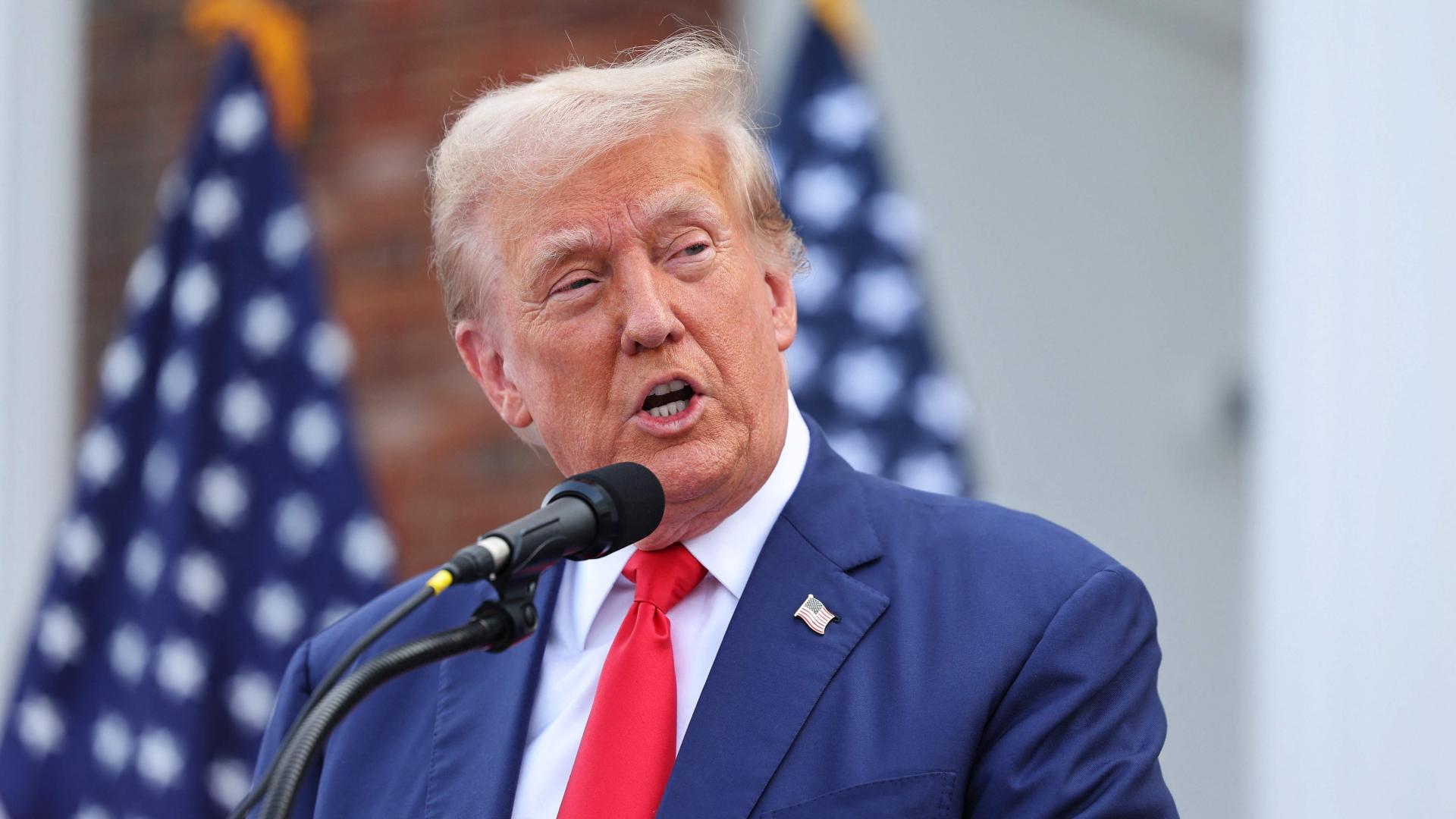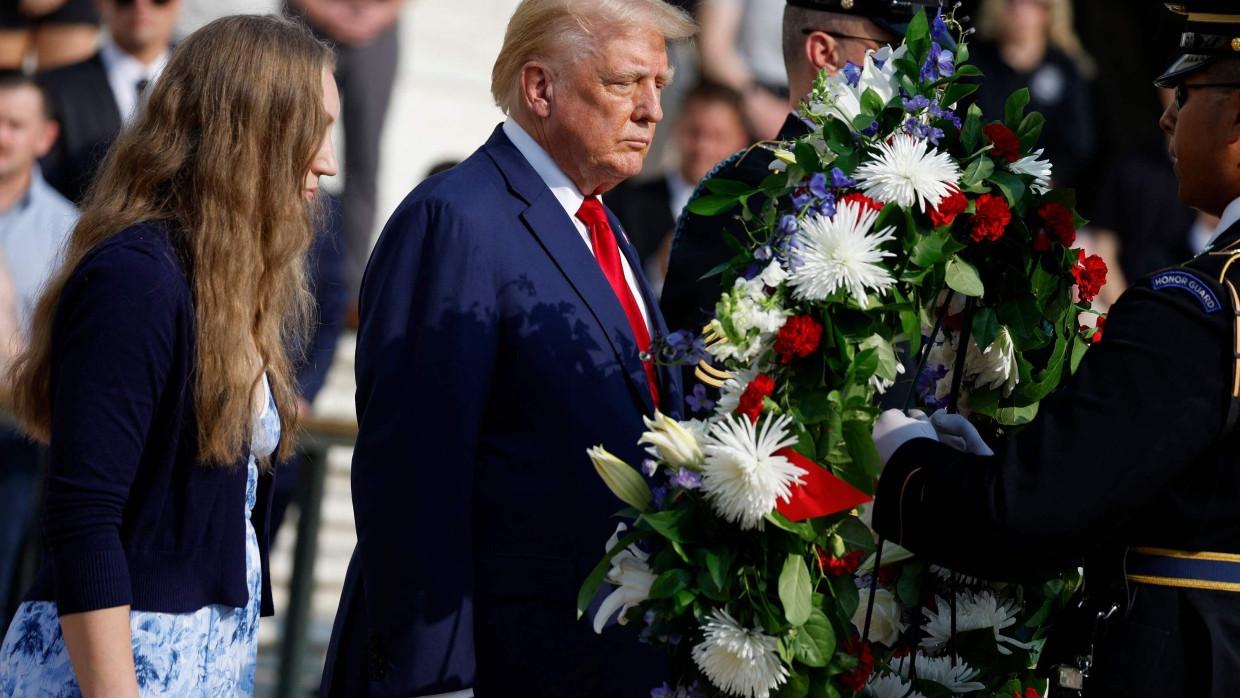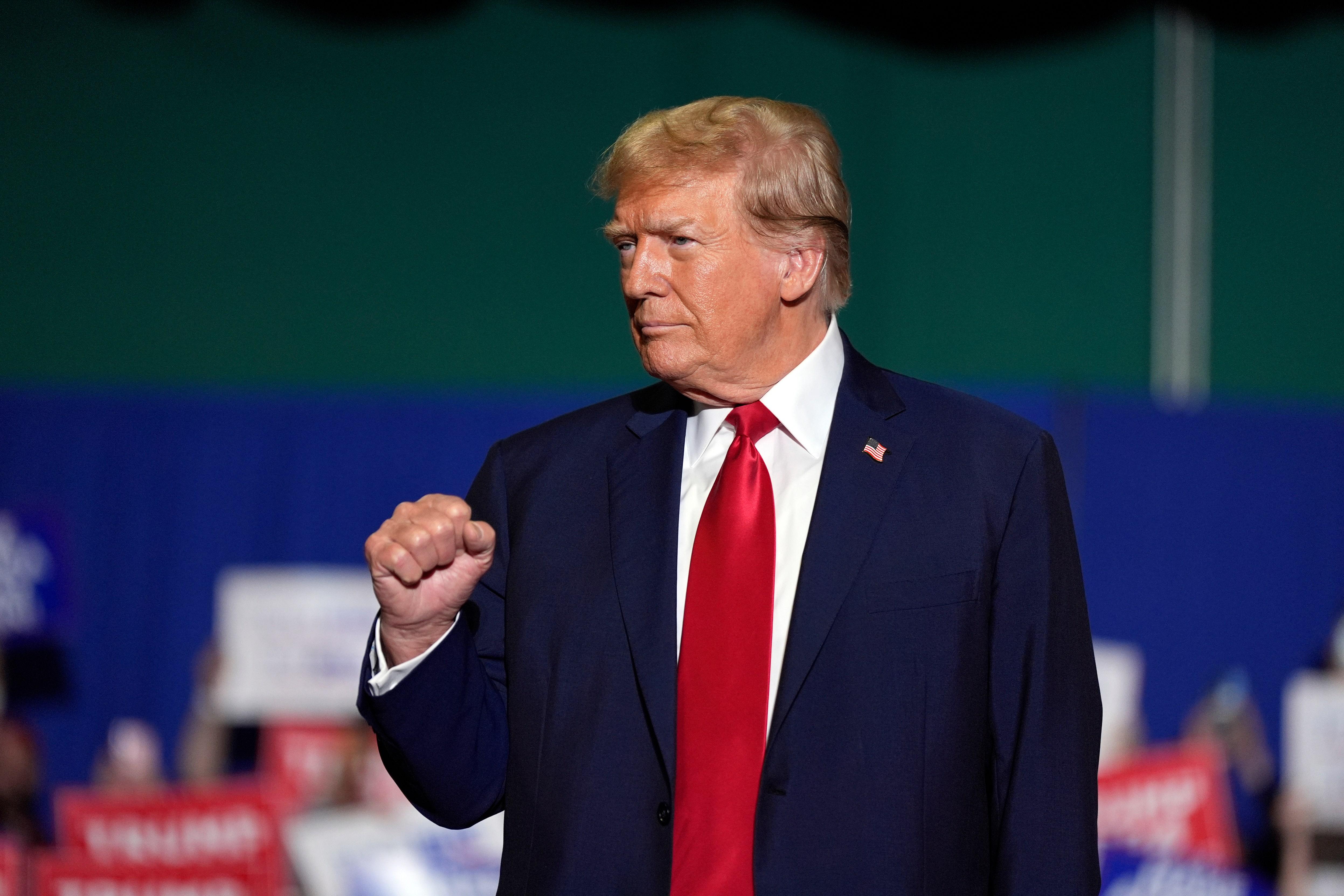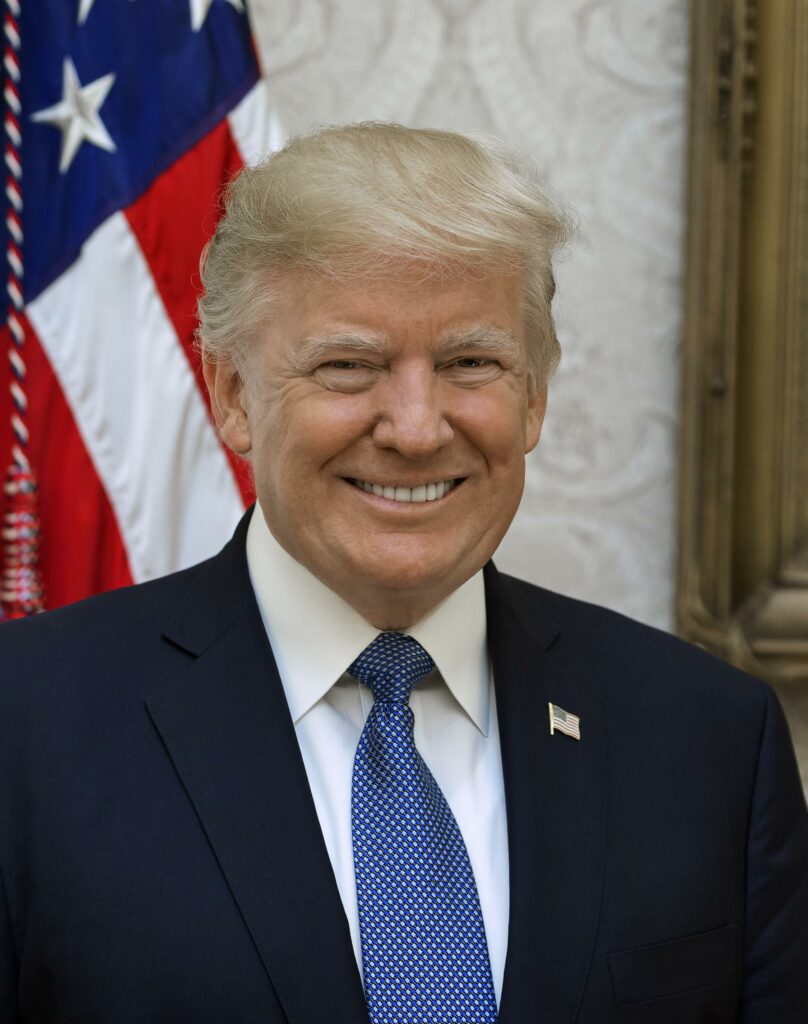In a political landscape dominated by debates over labor rights and economic equality, both President Donald Trump and vice-presidential candidate Kamala Harris are vying for the support of the working class. But where do they really stand on the key issues affecting American workers? In this article, we examine the labor policies and positions of both candidates to shed light on their respective approaches to supporting the backbone of the nation’s workforce.
Table of Contents
- Trumps Labor Policies: A Closer Look at the Impact on the Working Class
- Kamala Harriss Stance on Workers Rights and Unions
- Analysis: A Comparison of Trump and Harriss Plans to Support the Working Class
- Recommendations for Voters: Evaluating Both Candidates Commitment to Labor Issues
- Q&A
- Concluding Remarks

Trumps Labor Policies: A Closer Look at the Impact on the Working Class
President Trump’s labor policies have been a point of contention among working-class Americans. Critics argue that his administration’s focus on deregulation and tax cuts have primarily benefited corporations and the wealthy, rather than the average worker. They highlight the rollback of worker protections and the weakening of labor unions as evidence that Trump’s policies have not been in the best interest of the working class.
In contrast, Vice President Harris has positioned herself as a champion of the working class, advocating for higher wages, workplace safety regulations, and increased support for unions. She has proposed policies such as raising the federal minimum wage and expanding access to affordable healthcare and childcare. Supporters of Harris argue that her proposals would address the economic challenges facing working families and ensure that all Americans have the opportunity to succeed in the workforce.

Kamala Harriss Stance on Workers Rights and Unions
Kamala Harris has shown a strong commitment to workers’ rights and unions throughout her political career. As a United States Senator, she has consistently supported legislation that aims to protect workers from exploitation and ensure fair wages and working conditions. Harris has also expressed her support for collective bargaining rights and strengthening unions as a means to empower workers and address income inequality.
On the other hand, President Trump’s stance on labor issues has been more controversial. While he has claimed to support the working class, his administration has rolled back regulations that protect workers and weaken labor unions. Trump’s tax cuts and pro-business policies have been criticized for benefiting the wealthy at the expense of working-class Americans. It remains to be seen how both candidates will address workers’ rights and unions in the upcoming election.

Analysis: A Comparison of Trump and Harriss Plans to Support the Working Class
As the 2020 presidential election approaches, both President Donald Trump and Senator Kamala Harris are positioning themselves as champions of the working class. However, a closer look at their respective plans for labor reveals stark differences in their approaches.
While Trump has focused on deregulation and tax cuts to stimulate economic growth and create jobs, Harris has put forward proposals such as raising the minimum wage to $15 an hour, expanding access to affordable healthcare, and strengthening workers’ rights by supporting unions. **Let’s break down some key points of each candidate’s plan:**
| Trump | Harris |
|---|---|
| Deregulation | Raise minimum wage to $15/hr |
| Tax cuts | Expand access to healthcare |
| Create jobs | Strengthen workers’ rights |

Recommendations for Voters: Evaluating Both Candidates Commitment to Labor Issues
As the upcoming election approaches, it is crucial for voters to carefully evaluate both candidates’ commitment to labor issues. President Trump and Senator Harris have both voiced their support for the working class, but where do they truly stand on labor rights and policies?
Here are some key points to consider:
- Review candidates’ past voting records and statements on labor issues.
- Look for specific policy proposals that address workers’ rights and protections.
- Consider endorsements from major labor unions and organizations.
- Scrutinize the candidates’ plans for increasing wages and creating job opportunities.
Q&A
Q: What is the focus of the article “Both Trump and Harris claim to support the working class: Where do they stand on labor?”
A: The article delves into the respective positions of President Donald Trump and Democratic vice presidential nominee Kamala Harris on labor issues.
Q: How does President Trump address labor concerns?
A: President Trump has touted his administration’s record on job creation and economic growth, emphasizing his belief in a strong economy as the best way to support workers.
Q: What is Kamala Harris’ stance on labor rights?
A: Senator Harris has advocated for policies such as raising the minimum wage, strengthening workers’ rights to collectively bargain, and expanding access to paid family and medical leave.
Q: How do Trump and Harris differ on their approaches to supporting the working class?
A: While both candidates claim to support the working class, they have different perspectives on how to achieve this goal. Trump focuses on economic growth and deregulation, while Harris champions policies that directly benefit workers, such as increasing wages and strengthening labor protections.
Q: How might the candidates’ positions on labor influence voter decisions in the upcoming election?
A: The candidates’ stances on labor issues will likely play a significant role in shaping voter opinions, especially among working class voters who are seeking policies that will directly benefit them and their families.
Concluding Remarks
as the presidential election draws closer, it is clear that both Trump and Harris are focusing their messages on supporting the working class. However, their stances on labor issues may differ significantly. While Trump has taken a more business-friendly approach, Harris has proposed policies that seek to empower workers. As voters weigh their options, it will be crucial to consider where each candidate stands on labor as they make their decision in November. Stay tuned for more updates on this important issue.
